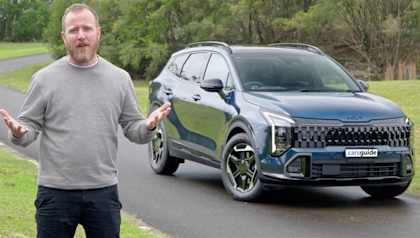Another new mid-size SUV from China has landed in Australia, but this time from a brand you might already be familiar with.
The GWM Haval H7 is the third Haval-badged SUV to land in Australia built on the unfortunately-named LEMON platform, following the Jolion small SUV and the H6 mid-size SUV.
Speaking of unfortunate names, 'H7' seems a little dull when you consider its native name in China is ‘Big Dog’.
GWM says the H7 lands between the family-friendly H6 and the more rugged Tank 300, but with only a single front-wheel-drive variant available, is this dog more bark than bite?
GWM Haval H7 2026: Vanta Hybrid (2WD)
| Engine Type | Turbo 4 |
|---|---|
| Fuel Type | |
| Fuel Efficiency | 5.7L/100km (combined) |
| Seating | 5 |
| Price From | $45,490 |
Price and features – Does it represent good value for the price? What features does it come with?
8 / 10
Available in a single Vanta Hybrid grade at launch, the Haval H7 costs $46,990 drive-away, with no option for other drivetrains, but a long list of standard features.
At $3000 more than the similar grade of H6, the H7 comes with a lot of the same kit like a leather-accented interior with heated and ventilated electrically adjustable seats, a big 14.6-inch multimedia touchscreen and a head-up display.
A combination of wireless Android Auto and Apple CarPlay, wireless phone charger and an eight-speaker sound system make for a solid media setup, while a panoramic sunroof and ambient lighting help create a fun vibe.
The H7 also boasts 19-inch machined alloys, LED auto headlights, daytime running lights, tail-lights and fog lights. There’s also keyless entry and an automatic tailgate with handsfree opening via a ‘kick sensor’ for convenience.

Premium colours that aren’t ‘Hamilton White’ (pictured) are all $495.
Design – Is there anything interesting about its design?
7 / 10
The aforementioned colours, Golden Black, Moon Grey and especially Dusk Orange don’t contrast as strongly as the white with the extensive black trim on the H7, which includes its badging and sections like the grille surround.
The main selling point of the H7 compared to the H6 is, of course, the way it looks.
GWM claims the H7 is for "a bit more adventure" thanks to its “off-road inspired design”, but the real point is to “stand out”. And that it does. Some fake-bolted wheel arches and a decent 210mm ground clearance make the H7 look more ready to hit the trails than it probably is.
The boxy, squared-off silhouette and trim elements separate it both from the majority of the GWM line-up and from many other new mid-size SUVs.
The front grille and headlights look closely related to the GWM Tank 300, but the grille inserts that flank the Haval badge look a little ‘Mustang RTR’. The rear, too, looks familiar with the rounded shape and tail-light arrangement having a hint of Mazda MX-30 to them.
Step inside, and a visual assault of different materials in a busy cabin belie how useful the space in the H7 actually is. Fake carbon fibre, fake aluminium, fake bolts and a fair bit of plastic could certainly have made way for something more subtle.
.png)
Practicality – How practical is its space and tech inside?
8 / 10
While the space inside the H7 looks rather busy, there’s actually a very usable space on offer, with plenty of storage and decent ergonomics.
Perhaps most importantly, the tech is smooth to use and doesn’t distract from the main point of the car - driving. GWM’s current software (despite still using a huge screen) doesn’t suffer from unclear sub-menus and has easy shortcuts.
It’s not perfect - it’s still essentially an iPad you need to use while on the move - but it’s better than some systems from rivals, including manufacturers that have been around for decades.
Physical climate controls that bring up the corresponding menu when pressed are a welcome addition, and wireless phone mirroring works flawlessly if our test was anything to go by.
The driver display is clear, and the seating position is nicely malleable thanks to the seat’s electric adjustment and manual steering wheel adjustment.
Controls are all within reach, and after a quick familiarisation the placements and functions all make sense.
The space also provides more storage than is probably necessary for most. There’s a space under the centre console, the central storage bin is huge and has a cooling fan, there are two cupholders and one can deepen for a tall bottle, there are strapped bottle holders on the doors to stop them shaking around and there’s more door storage space next to that.
There’s of course also the glovebox and phone charging pad, then in the rear there’s more door storage space and an armrest with two cupholders again.
Second-row space is generous, even a tall adult will find plenty of legroom (and foot room under the front seats) and headroom isn’t an issue.
Behind that, the boot space is compromised by the hybrid battery so it’s not huge, and the load height is tall. Its 483L of boot space expands to 1362L with the rear seats folded, and there’s unfortunately no spare wheel under the floor.
Under the bonnet – What are the key stats for its engine and transmission?
8 / 10
The H7 has just the one drivetrain, as mentioned, consisting of a turbocharged 1.5-litre, four-cylinder petrol engine assisted by an electric motor and mated to a nine-speed dual-clutch transmission.
It drives the front wheels only, providing 179kW of power and 350Nm of torque.

Efficiency – What is its fuel consumption? What is its driving range?
7 / 10
GWM claims the Haval H7 consumes 5.7L/100km under the combined cycle, though during testing we saw a figure of 7.1L/100km after a spirited drive.
The H7 has a 61-litre fuel tank and requires 91 RON fuel at a minimum. With careful driving and in the right conditions, you could theoretically get around 800km from a single tank.
Driving – What's it like to drive?
7 / 10
One of the first things I noticed is that the hybrid system’s initial burst of torque has the potential to overpower the front wheels from a stand-still, especially if it’s wet or you’ve got some lock on to turn out of a driveway.
But once rolling, the power delivery is smooth and doesn’t lack in pull even once up to highway speed. The H7 is also stable when it comes to day-to-day driving, with its suspension striking a good balance between communication and comfort.

Big bumps and rough roads neither unsettle nor rattle the H7 too much, though given it’s a front-drive hybrid we wouldn’t be testing just how rough a road it can handle - the H7 is not an off-roader despite its looks.
If you start trying to push the SUV along a twisty road it’ll lean more than some rivals through cornering. Not to an unsafe degree, given if it’s happening you’re probably pushing it more than you should. The steering feel itself isn’t anything to write home about, but for a family car it’s accurate enough and predictability is key when you’ve got a car full of humans.

Road noise and wind noise are present, the latter more so than you’d like given we tested the car on a relatively still day, but it’s not unacceptable.
Ergonomically, the driving position and visibility provide comfort and safety, though the rising shoulder line towards the rear slightly limits visibility on shoulder checks.
Warranty & Safety Rating
Safety – What safety equipment is fitted? What is its safety rating?
7 / 10
The H7 hasn’t been tested by ANCAP, but there’s a decent list of features on paper that show GWM hasn’t half-baked the H7 when it comes to safety.
Seven airbags cover the front and side in the first row, there are curtains down the sides too and the all-important central airbag.
The H7 has a strong list of active safety features like collision avoidance thanks to lane-keeping and departure warning, front collision warning with pedestrian and cyclist detection, junction assist for its auto emergency braking (AEB), adaptive cruise control with traffic jam assist, plus there are features like traffic sign recognition and driver monitoring.

The H7 also has parking sensors front and rear as well as a surround-view parking camera.
Its safety features all work well without being too distracting or intervening unnecessarily, although its lane-keep can be a little stubborn and the default speed limit warning is ‘0km/h’ over the limit, however, thankfully that can be adjusted.
Ownership – What warranty is offered? What are its service intervals? What are its running costs?
7 / 10
The H7 is covered by a seven-year, unlimited-kilometre warranty, as is standard for GWM.
Additionally, the high-voltage battery pack is covered by an eight-year, unlimited-kilometre warrant. GWM also has a five-year roadside assist program, and capped-price servicing for five years.

Servicing costs a total of $2145 over five years, with intervals each 12 months or 10,000km, averaging $429 per service, which isn’t incredibly cheap.
GWM started 2025 with 113 dealerships across Australia, and aims to have 125 by the end of the year.
Verdict
The H7 might struggle to secure a big chunk of the mid-size SUV market, which is probably why GWM is only offering one variant, but if you like the way this Big Dog looks, there’s a decent SUV underneath the boxy surface.
While it’s no dynamic masterpiece, there are no big issues in day-to-day driving, and even though the boot space is small it’s an otherwise decent interior to live with, if you don’t mind the busy design.
Being just a little more expensive than the more traditional looking H6 means the H7 feels well-placed to find itself in the driveway of those few buyers who want their family car to look a little more rugged, even if the car doesn’t have the off-road chops to back it up.





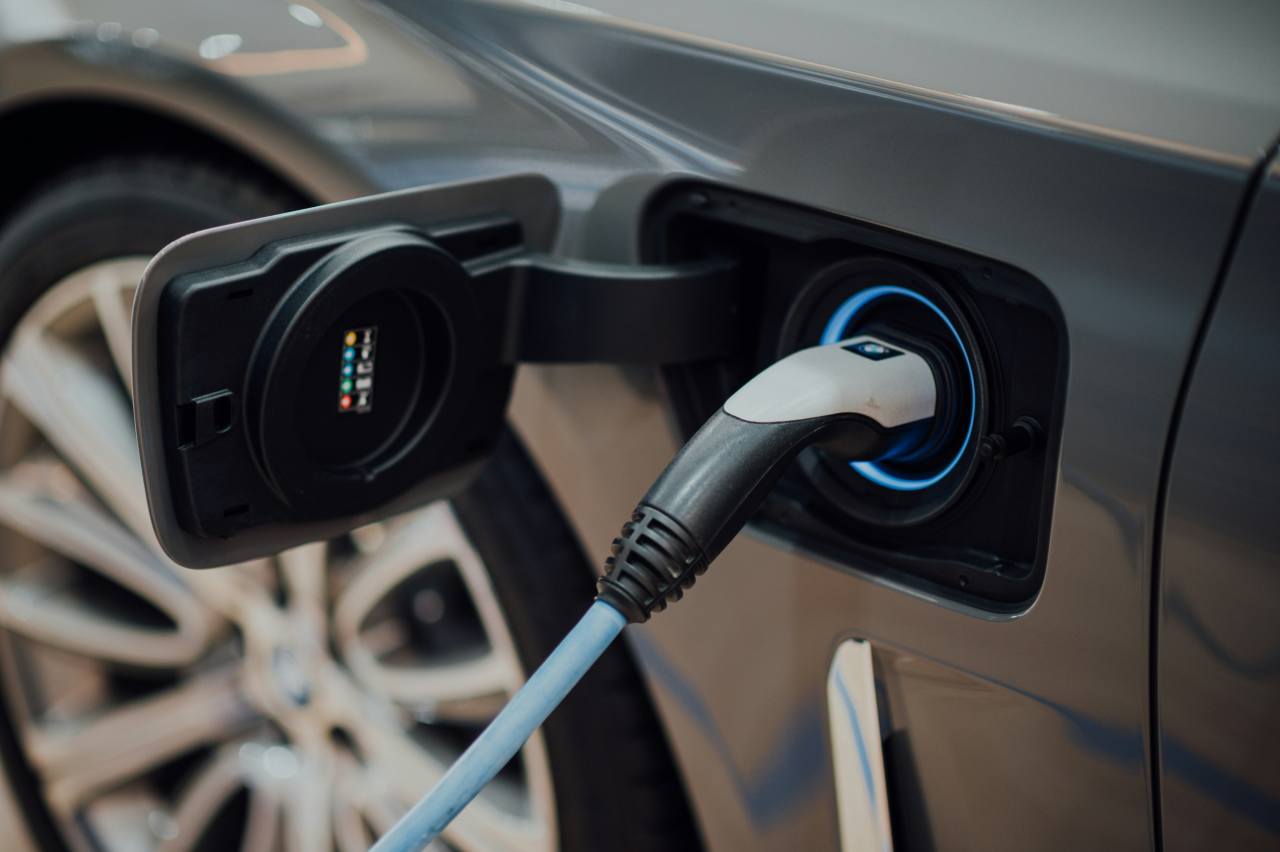
.jpg)
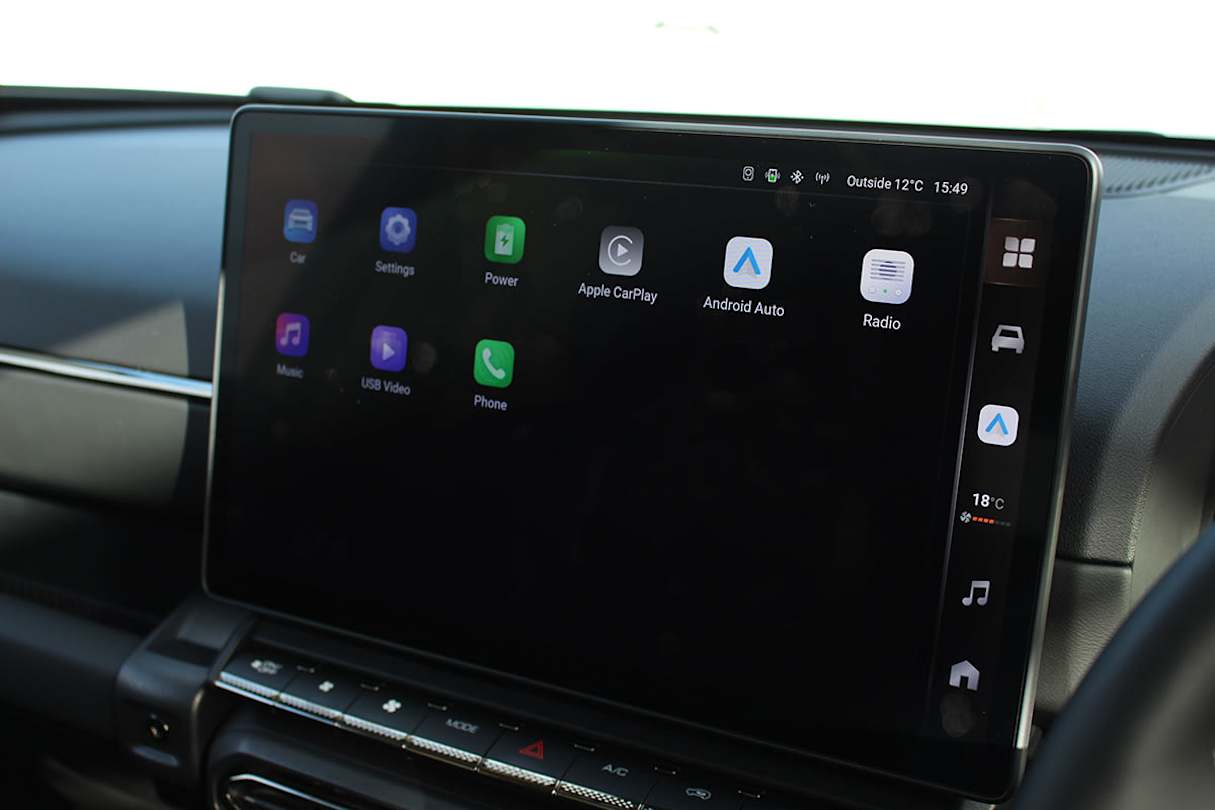
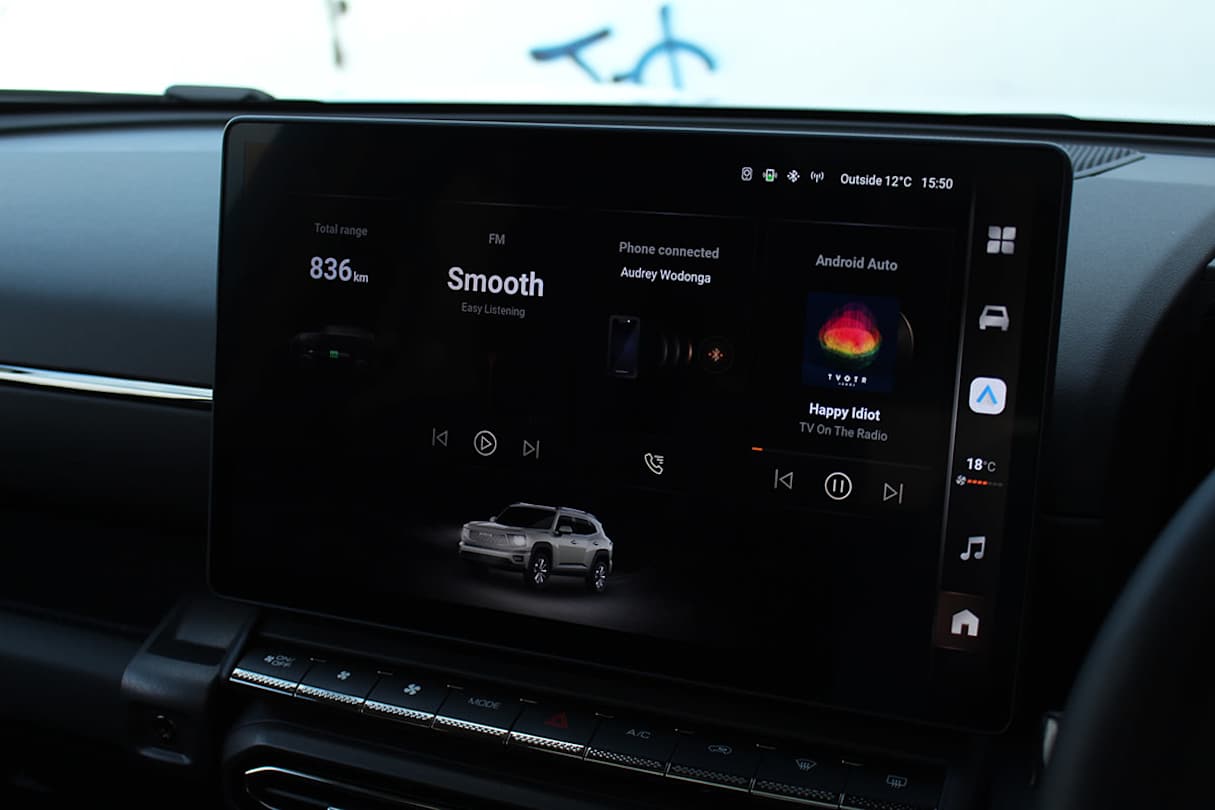
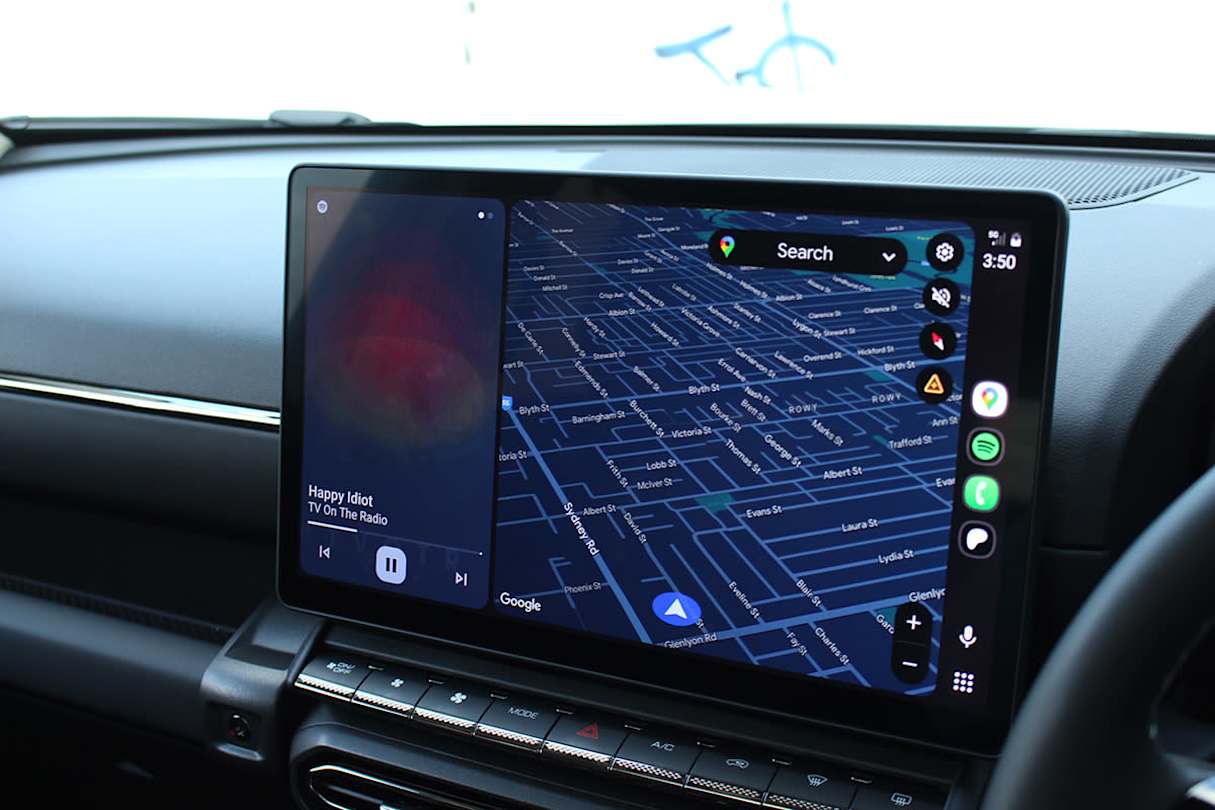



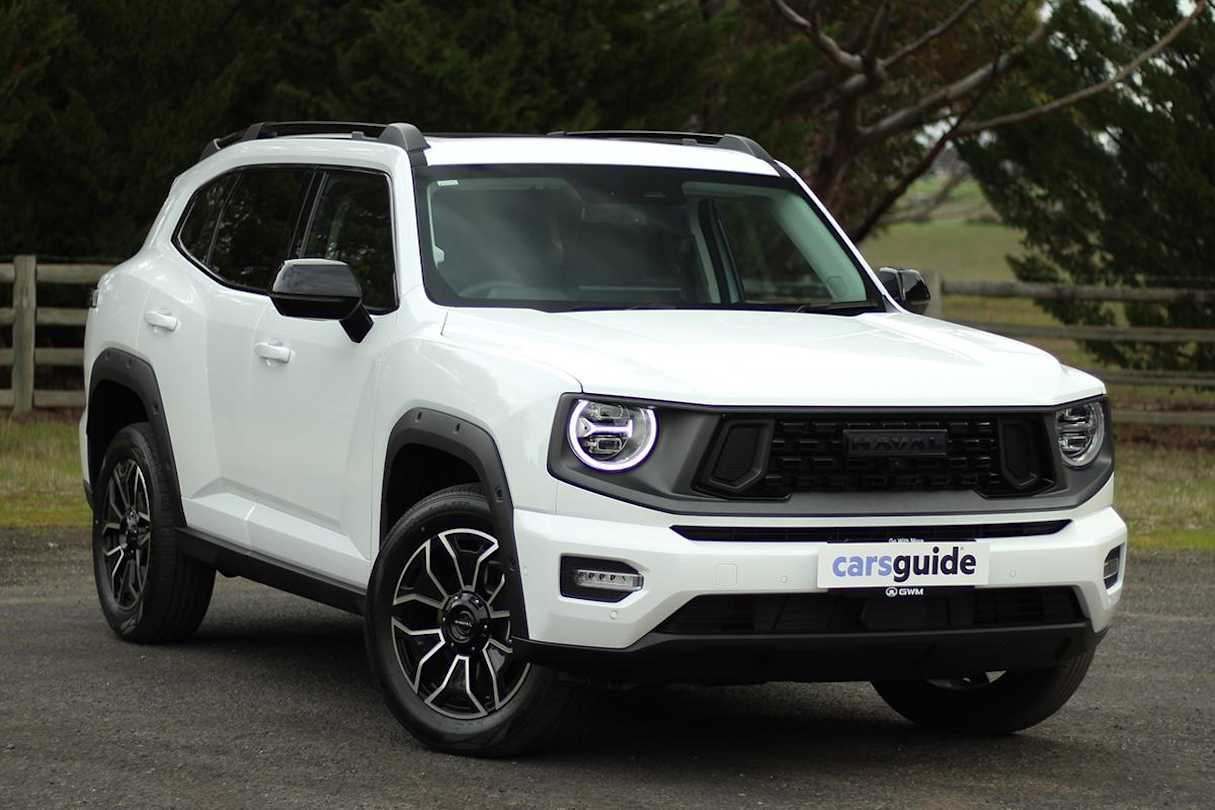
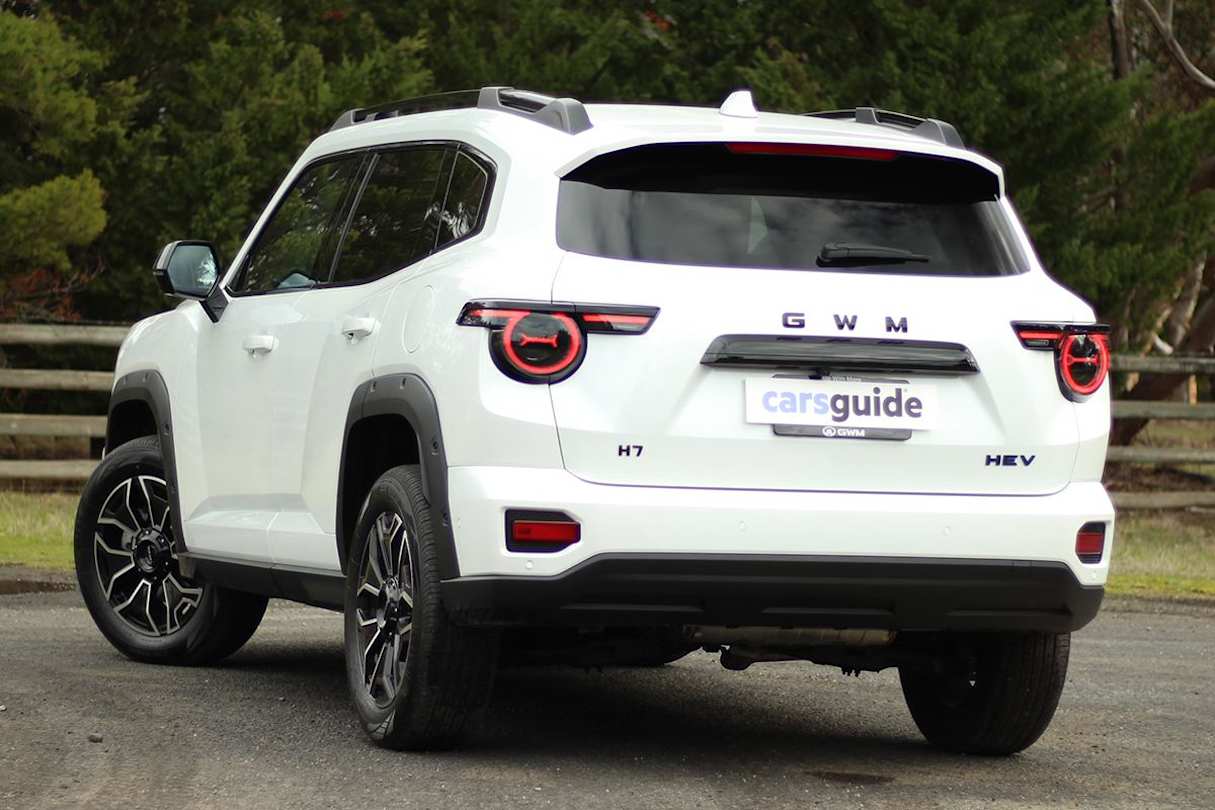
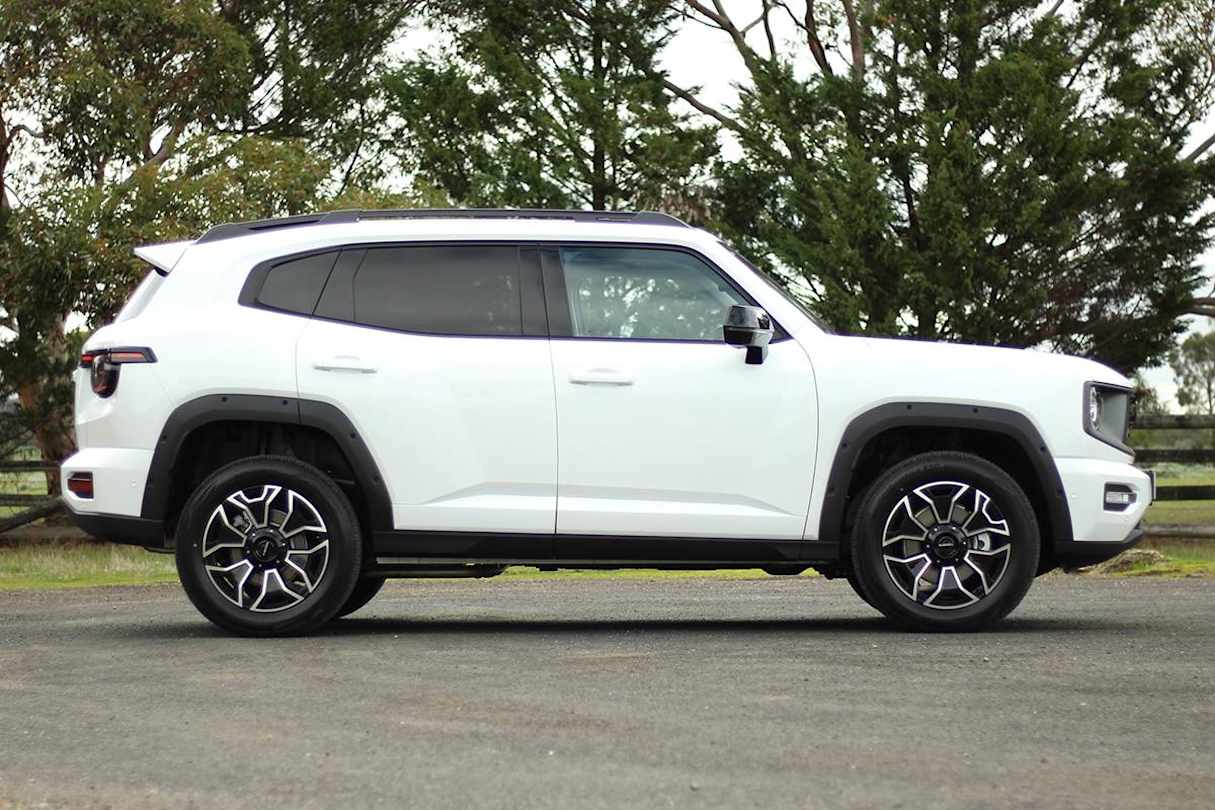



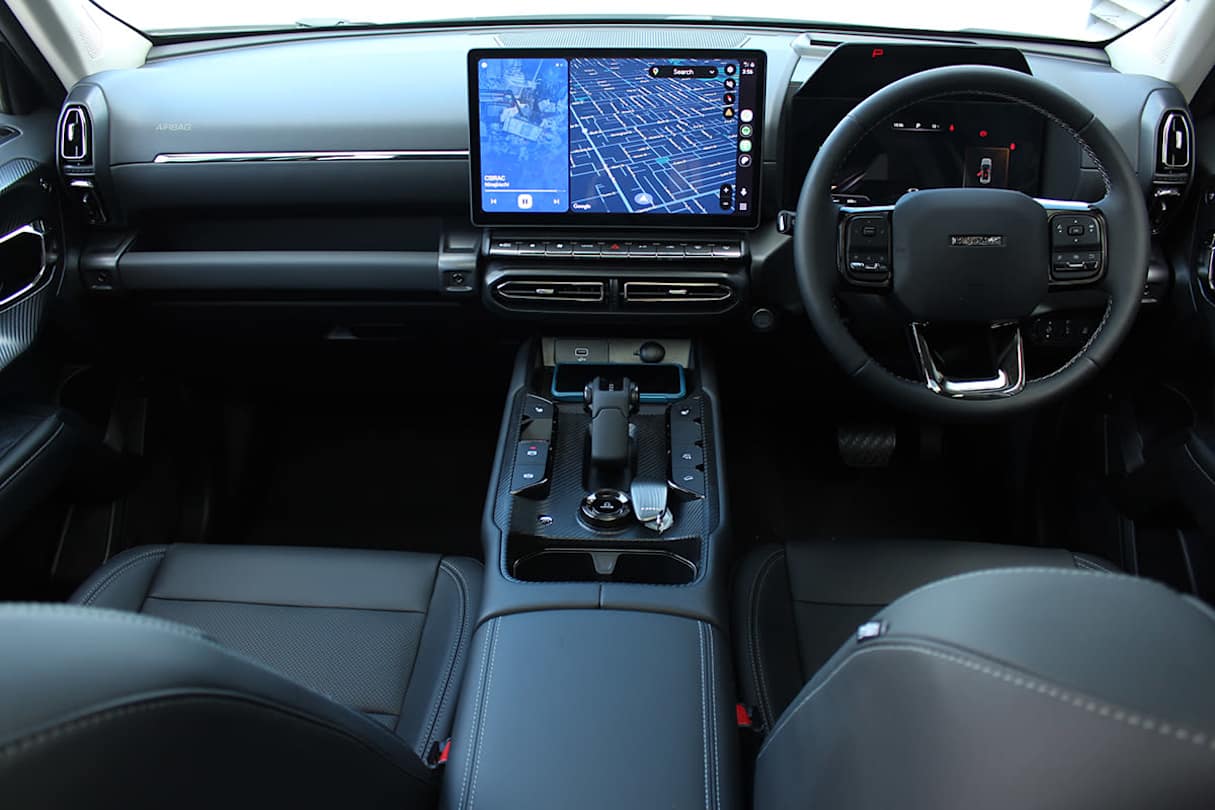
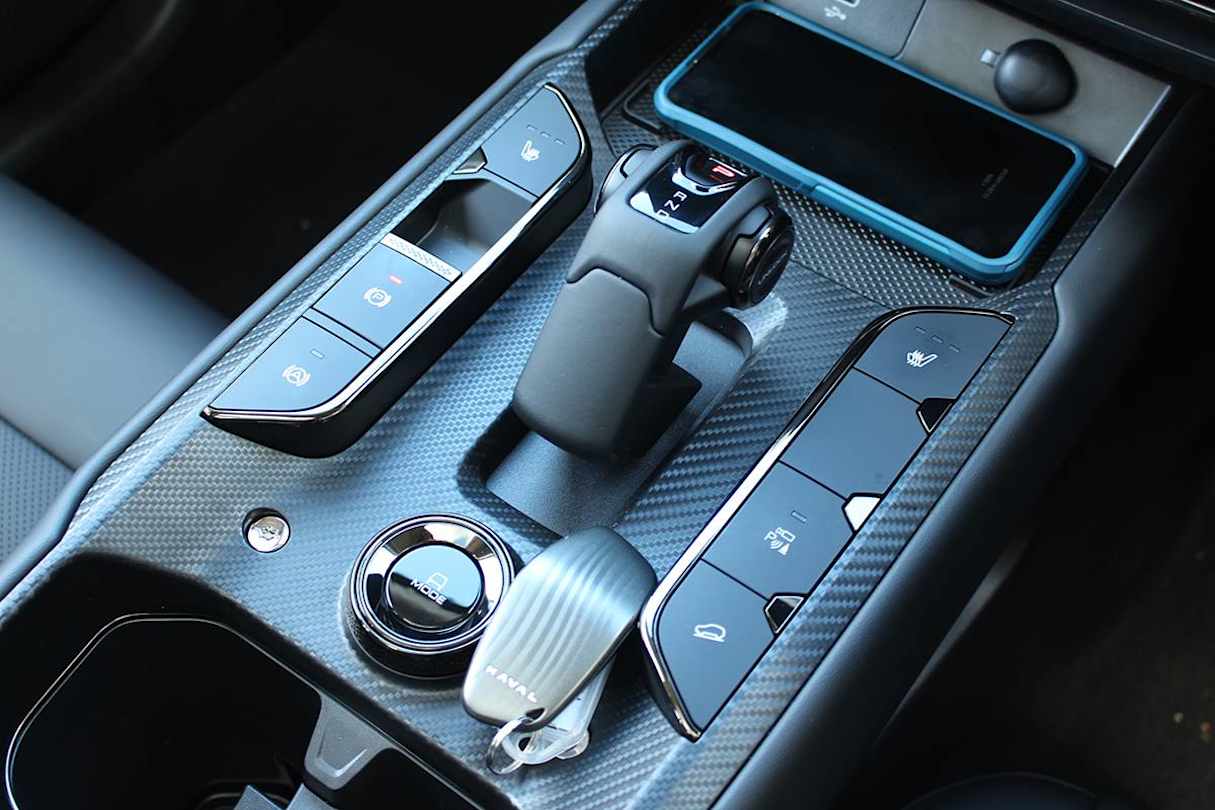
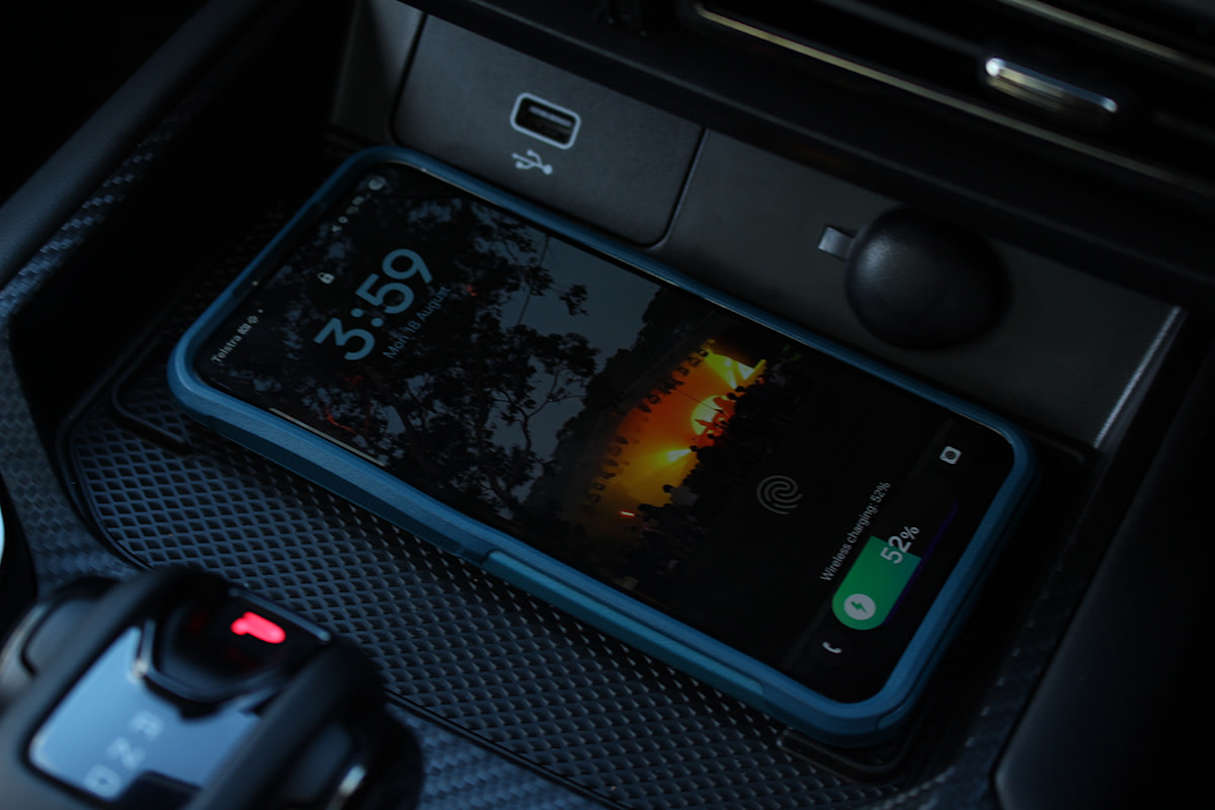



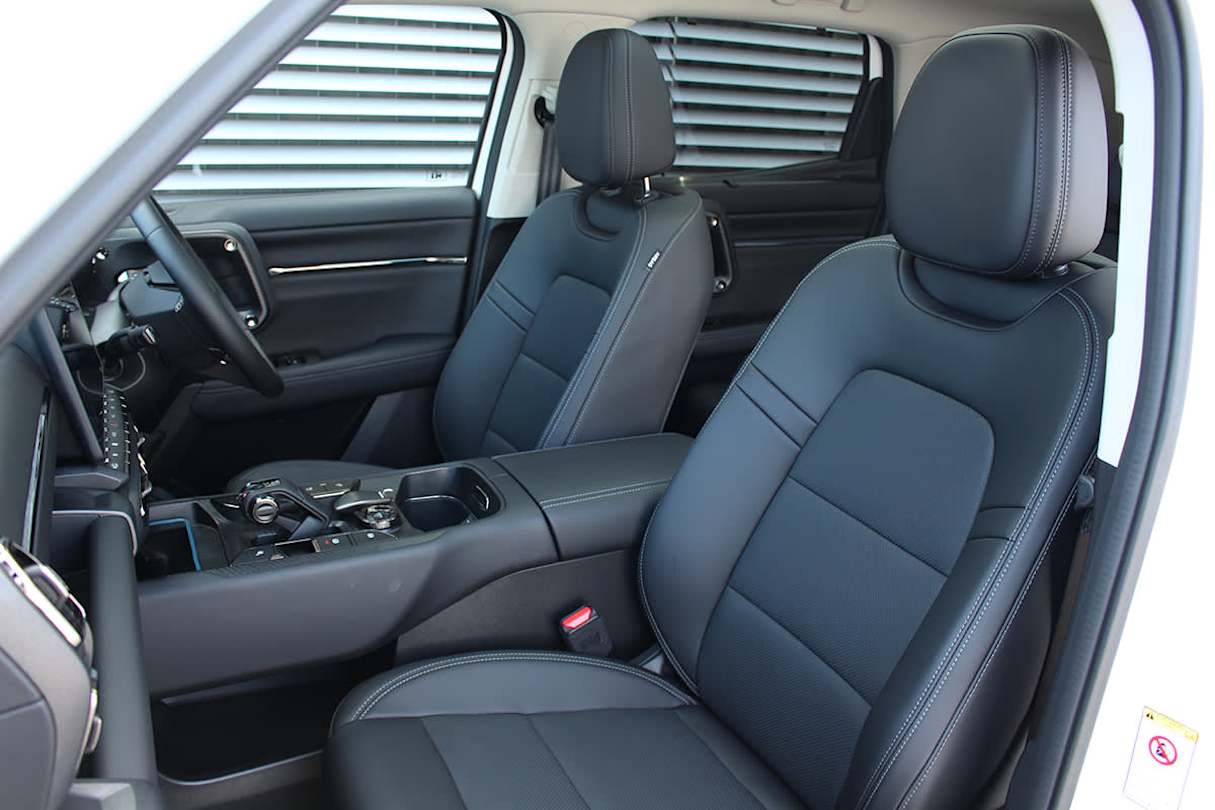
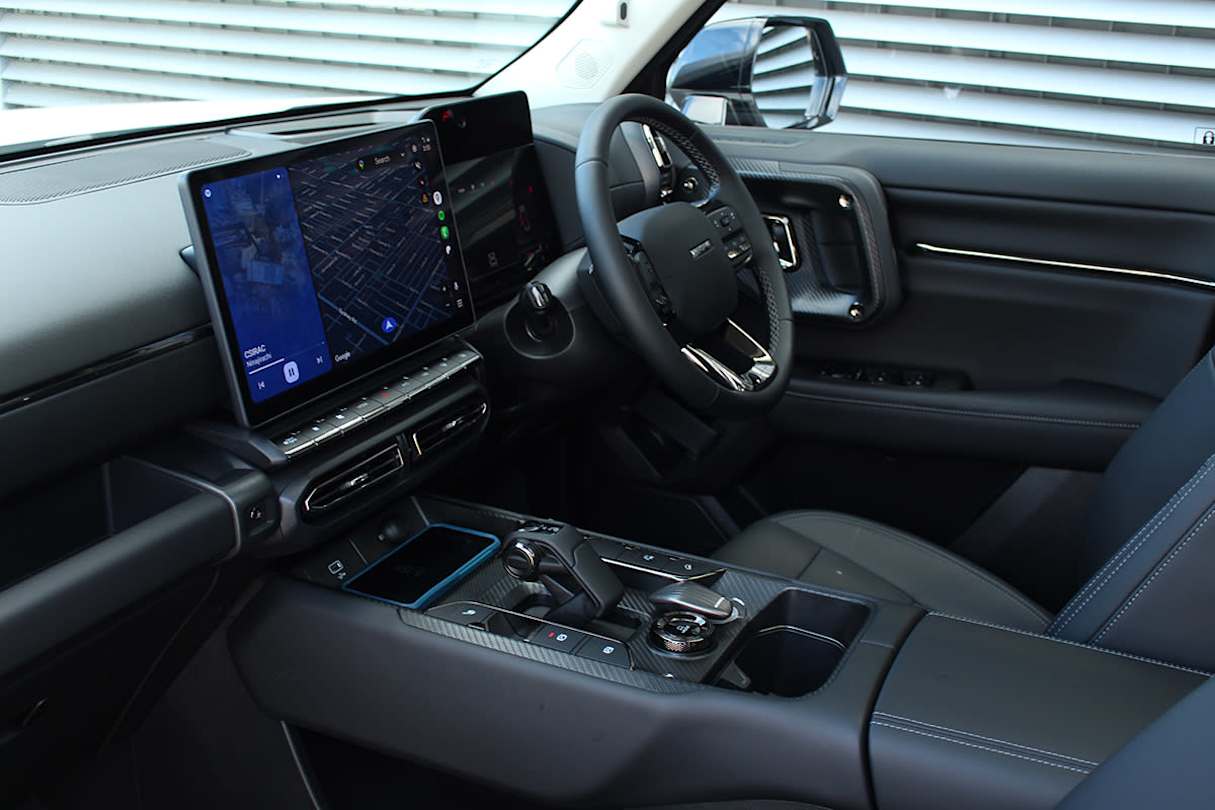


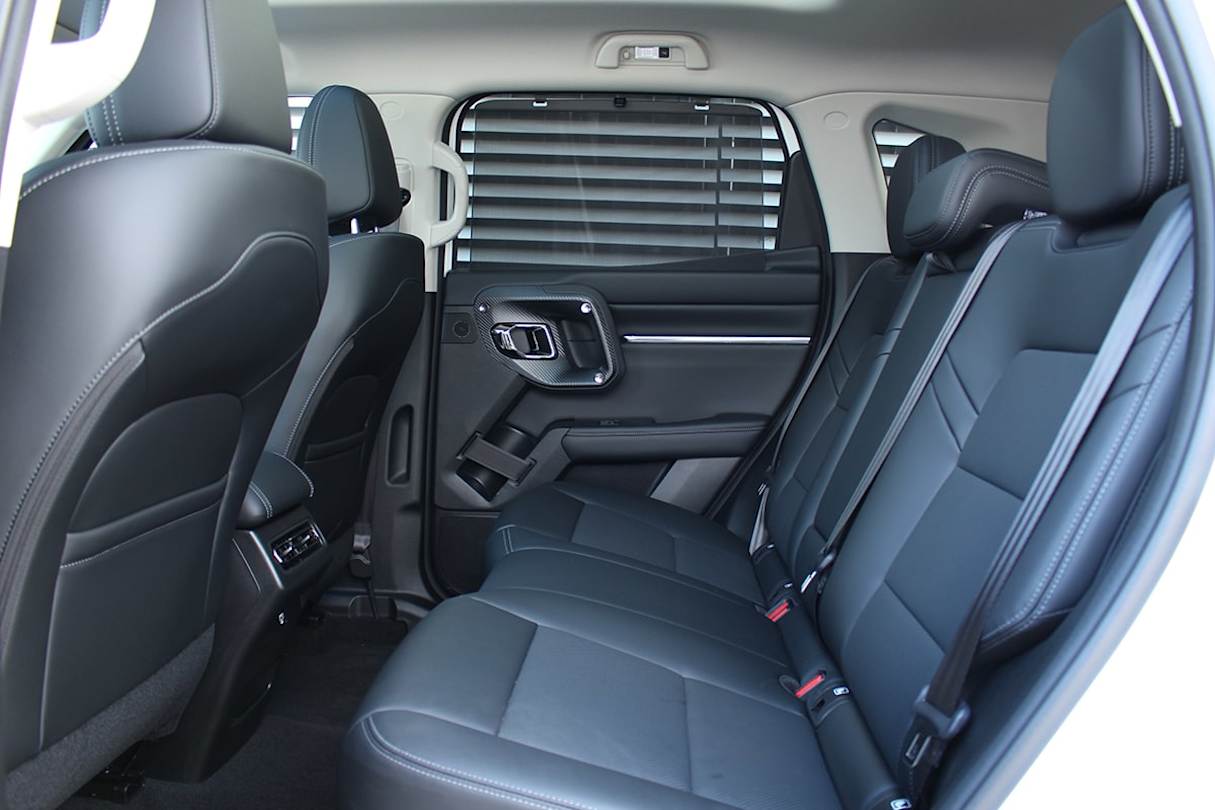
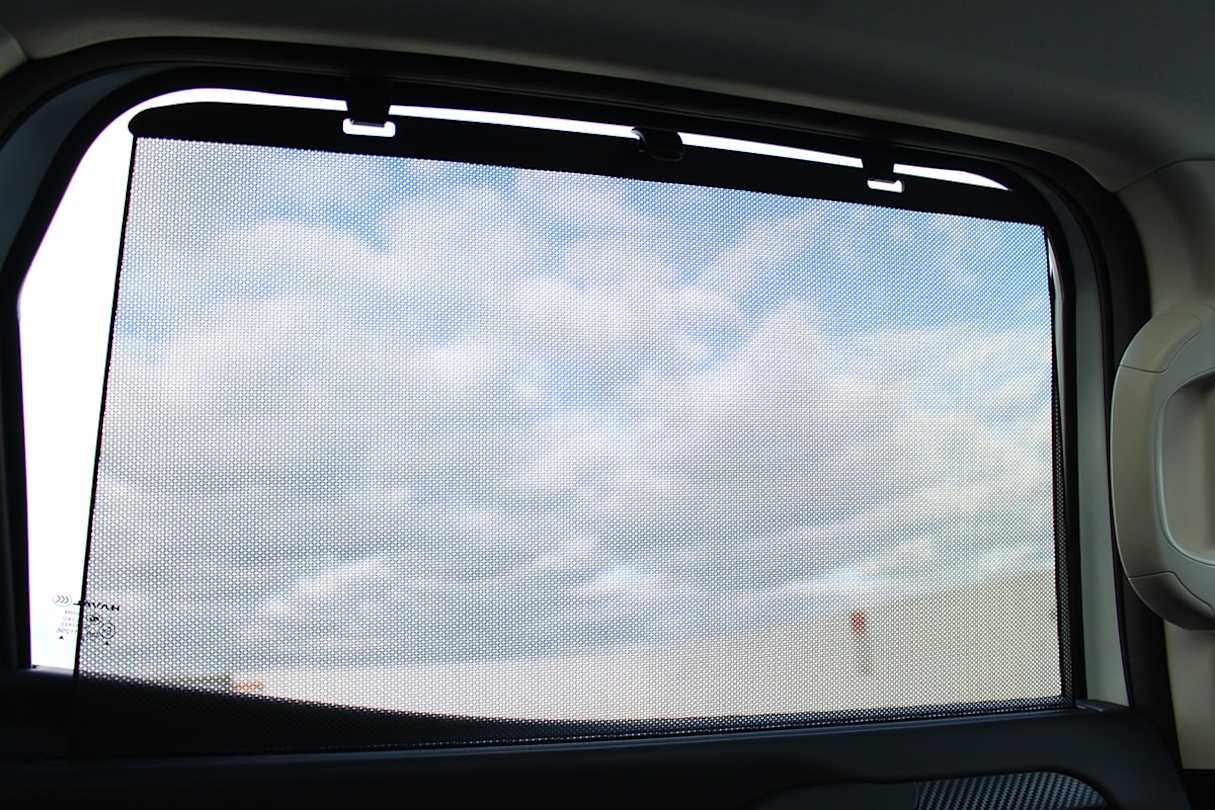
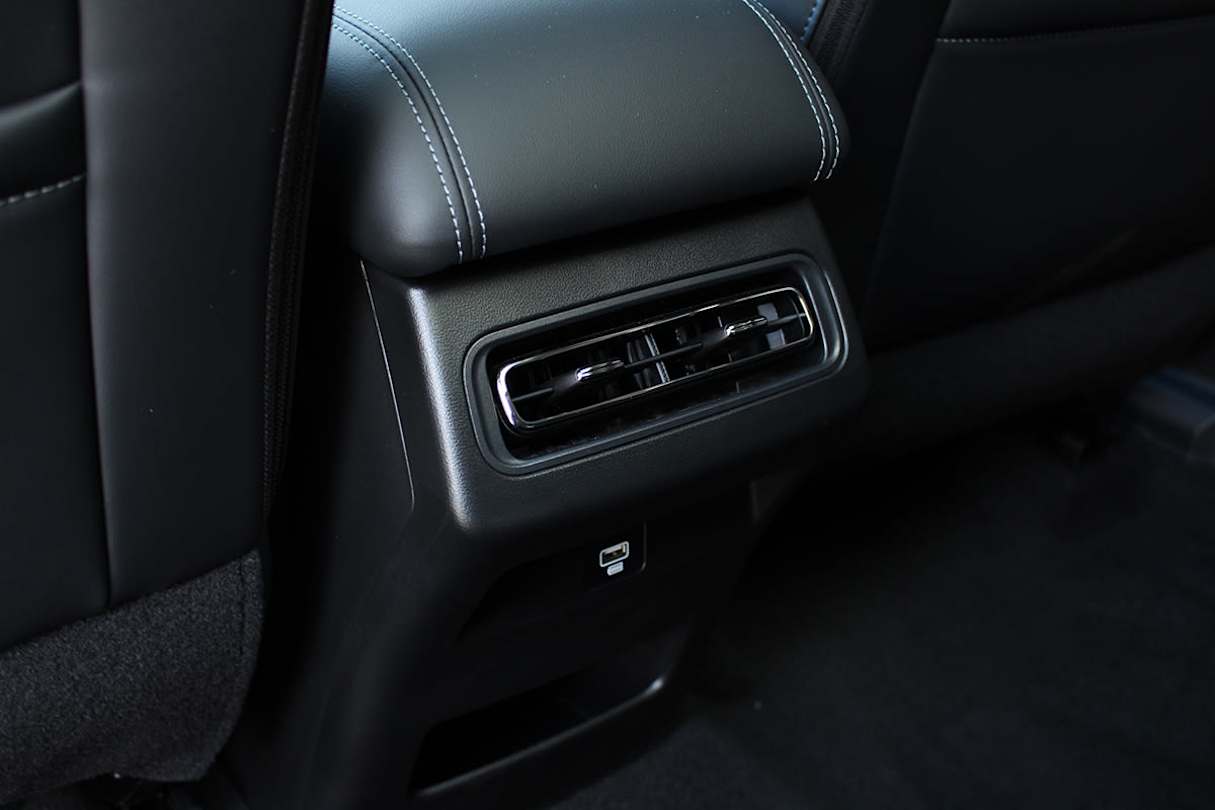



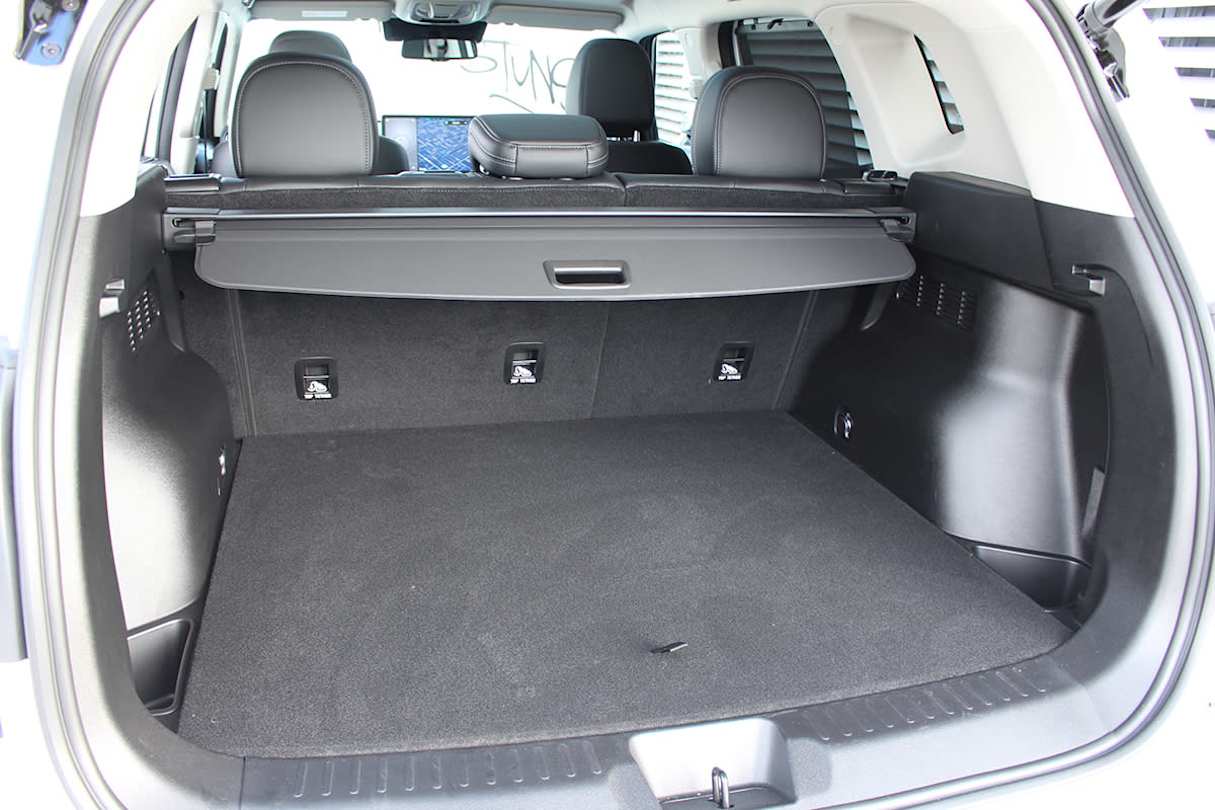
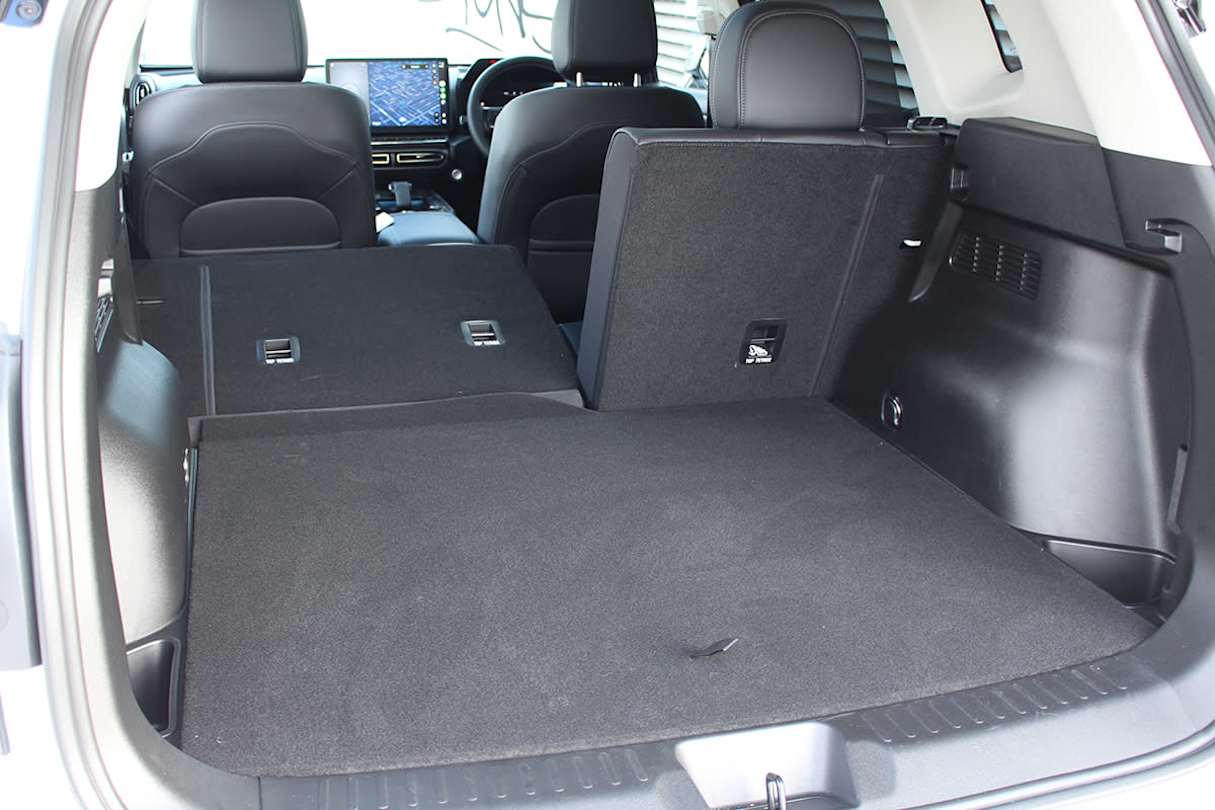
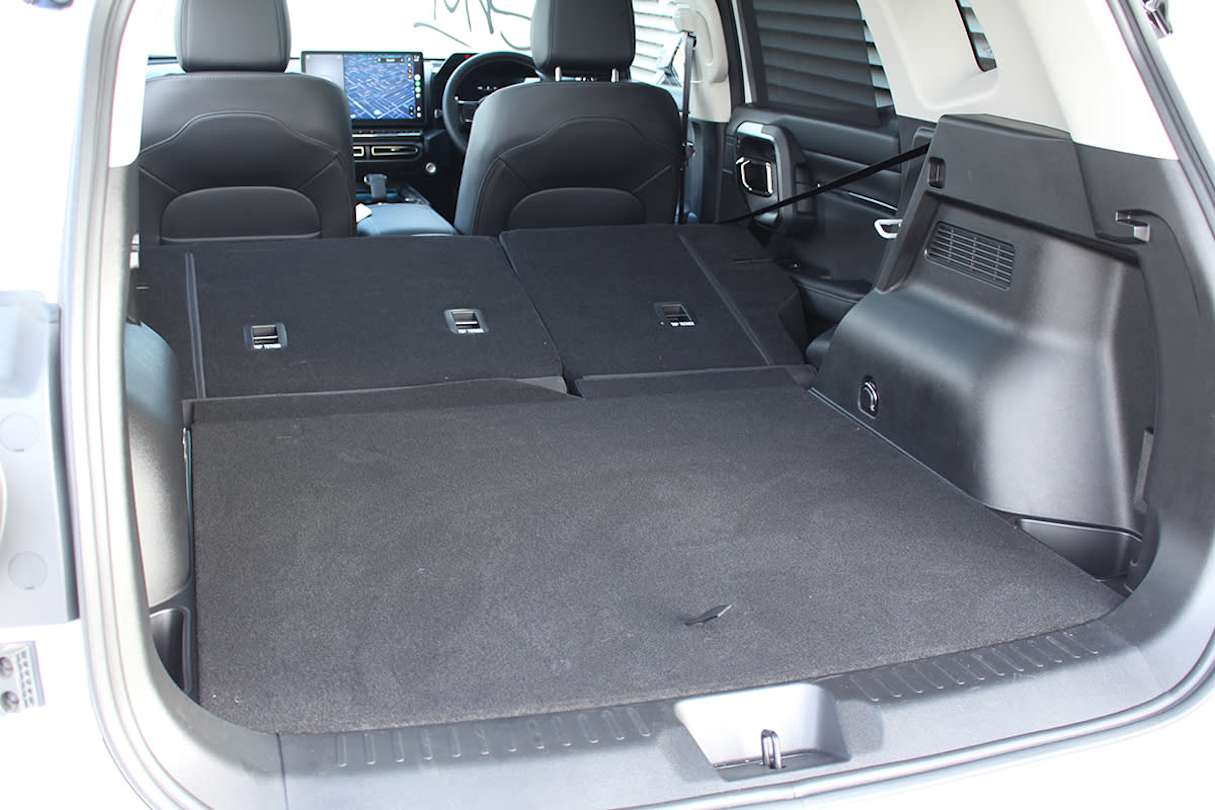
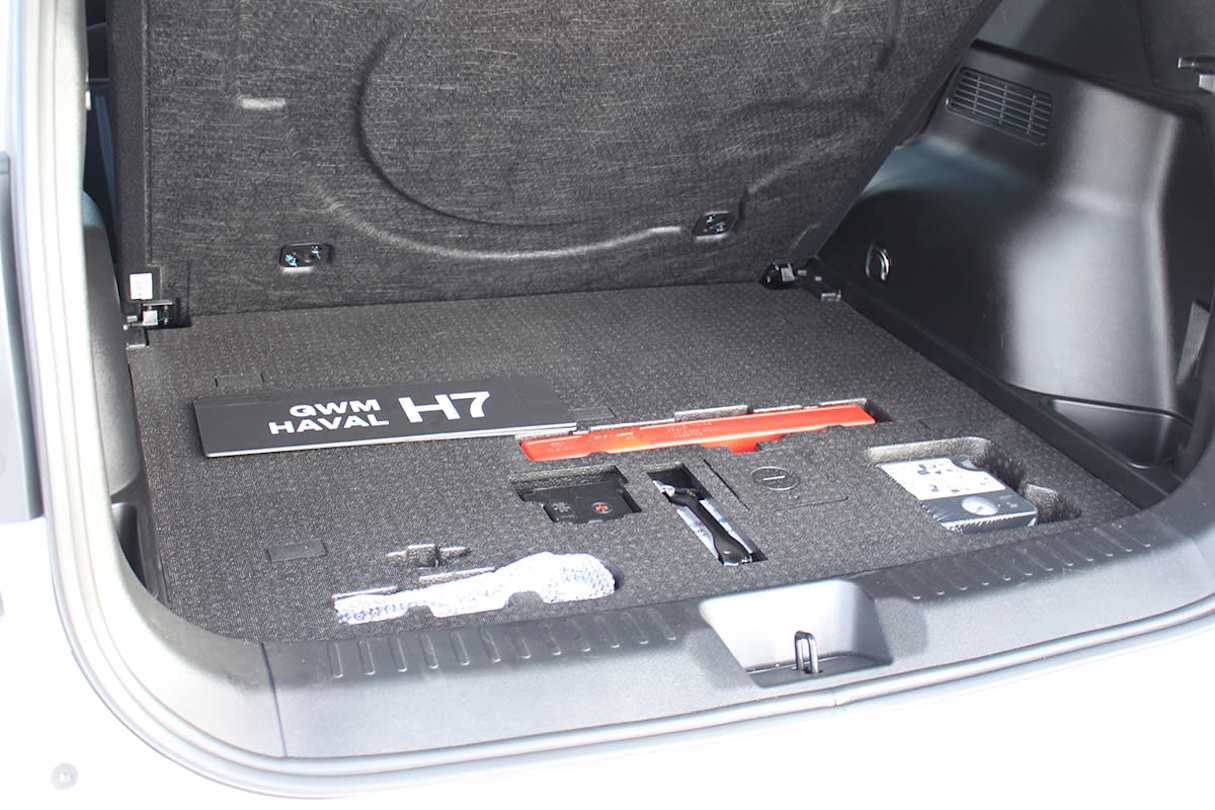
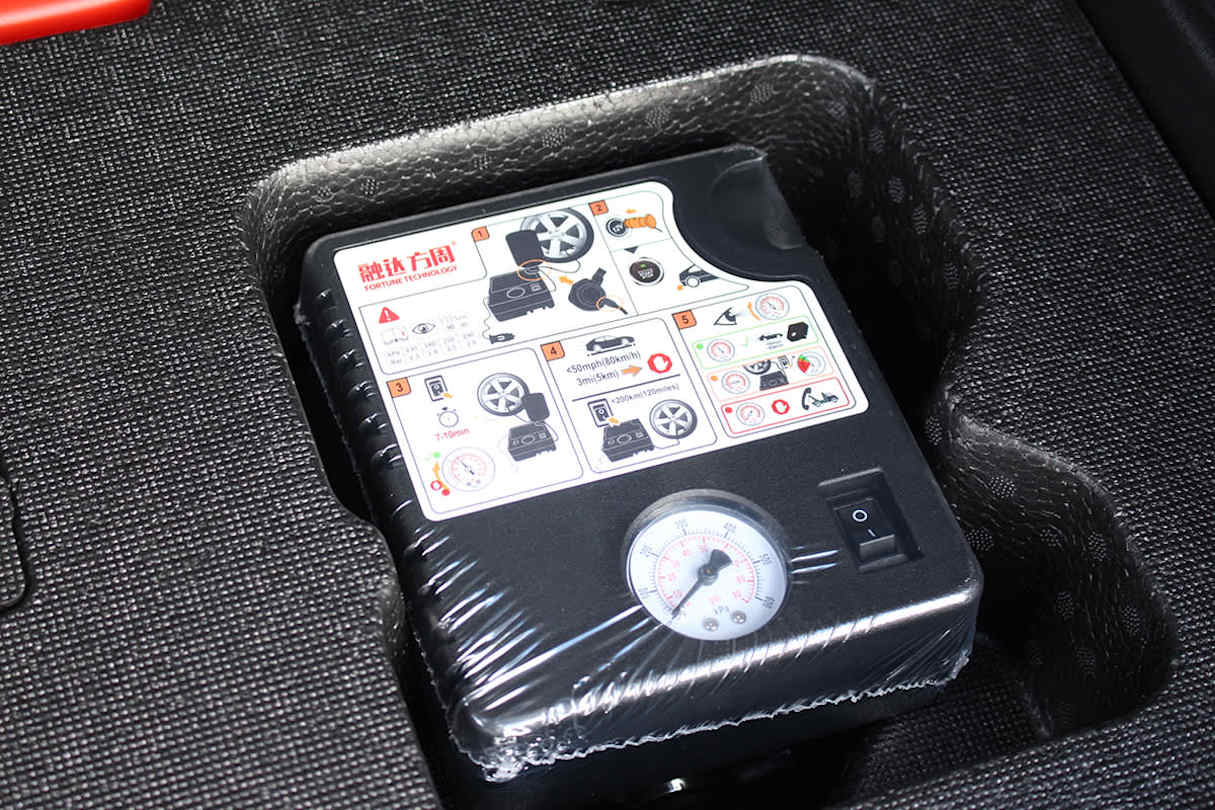
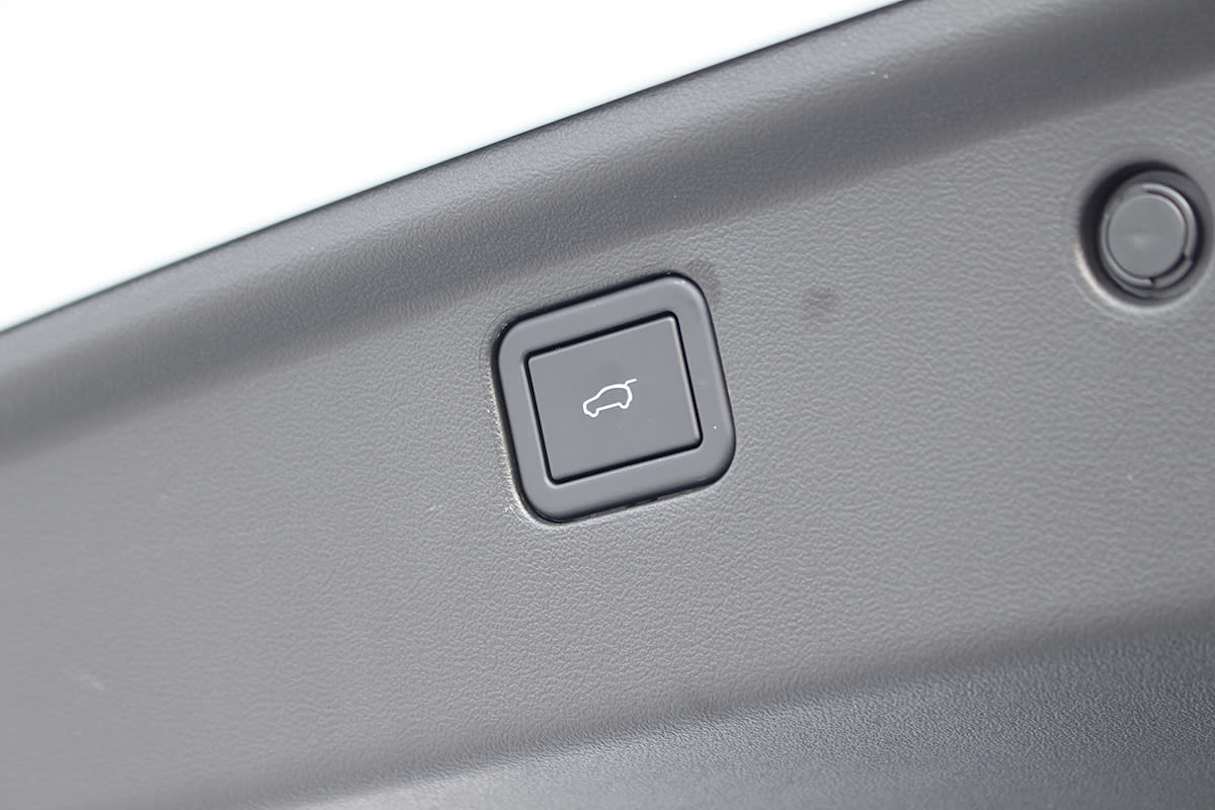








.jpg)
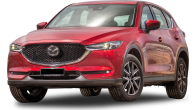






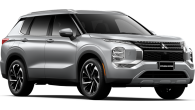









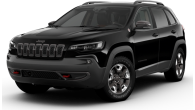

















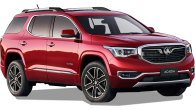
.png)




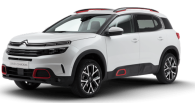



.png)




.jpg)
